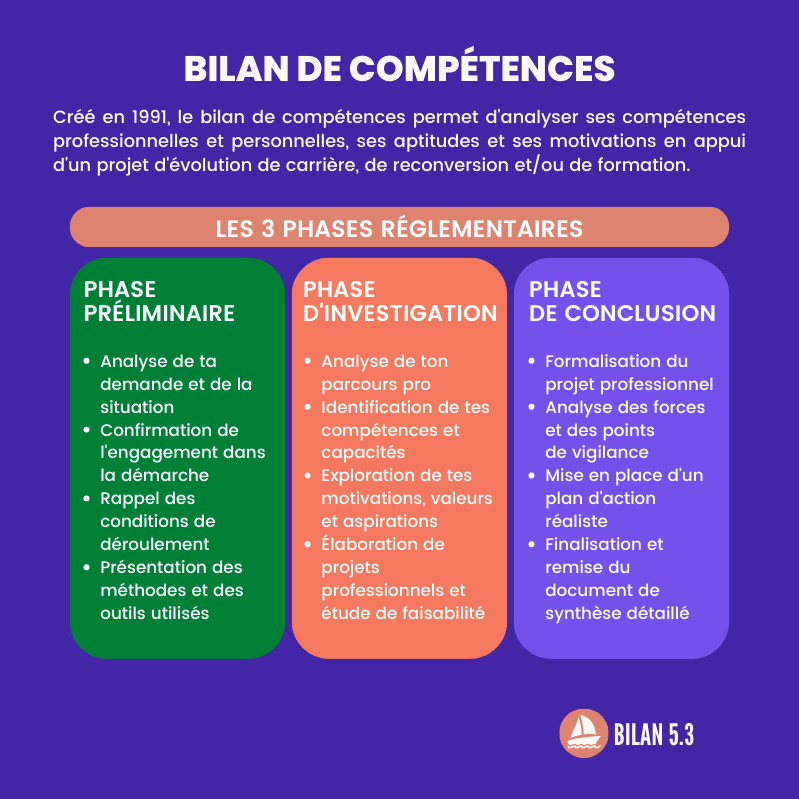INVS researchers conducted a survey to determine the socioeconomic causes of childhood non-vaccination for BCG tuberculosis and pneumococcal conjugate (PCV7) vaccines. They carried out this study at children from 0 to 5 years old in Paris and in the greater Paris area, because since the suspension of the compulsory vaccination for BCG in July 2007, Île-de-France is the only region in mainland France where it remains recommended for all children.
Less affluent families better vaccinated for BCG
Among children from the lowest income families, BCG vaccination coverage is high and close to 100%. On the other hand, it is only 76% for those from well-off families except for children from a country with a high tuberculosis endemic (98.2%).
“This could reflect the perception, by the wealthier families, of a low risk of tuberculosis not justifying the performance of BCG, an opinion may be shared by the attending physician. This situation testifies to the difficulty of implementing the vaccine policy in a uniform manner in Île-de-France, in particular in economically more advantaged areas, and underlines the need to strengthen the vaccine policy with regard to them ”explains the authors. of BEH.
Better-off families are better covered for the PCV7 vaccine
“The second objective of our survey was to find out if the cost of the PCV7 vaccine was a possible brake on this vaccination and if there was a possible link between the vaccination status of children and the socioeconomic situation of their family” explains in the press release. BEH. The PCV7 vaccine is expensive, around 60 euros per dose. If this vaccination is covered at 65% by Health Insurance, the difference remains the responsibility of the patient. It may possibly be covered by additional health insurance.
The PCV7 vaccine has been recommended since May 2006 for all children under 2 years of age. However, vaccination coverage remains insufficient (81% for the primary vaccination at the age of 1 year in children born in 2007). And the level of “one dose” vaccination of children from the poorest families is lower than that of families with the highest incomes (83.2% against 97.3%). “Our survey showed that, among all the socio-economic factors investigated, only household income was associated with vaccination coverage, which could suggest that the poorest households do not access this vaccination precisely for lack of means” , recalls the BEH in a press release.
“To protect yourself from infectious diseases, it is important to vaccinate and update their vaccinations. Not being up to date with your vaccinations is, on the one hand, to put yourself in danger, and on the other hand, to risk infecting the most vulnerable people in your entourage: newborns, the elderly or frail … ”Is a reminder of Immunization Week every year.















